Introduction Of Gemini
Google’s latest AI model, Gemini 2.5 Flash, has shown a decline in certain safety benchmarks compared to its predecessor, according to a recent technical report published by the company. Internal testing revealed that the new model is more prone to generating responses that violate Google’s own safety guidelines.

Table of Contents
Specifically, Gemini 2.5 Flash regressed by 4.1% in “text-to-text safety” and by 9.6% in “image-to-text safety” when compared to Gemini 2.0 Flash. These automated metrics evaluate how frequently a model produces content that breaches established safety protocols—either in response to text prompts or prompts containing images.
In an official statement, a Google spokesperson acknowledged the drop in performance, confirming that Gemini 2.5 Flash is more likely to violate guidelines on both safety fronts.
These findings come at a time when many AI developers are attempting to make their models more flexible and responsive to nuanced or sensitive topics. Meta, for example, has adjusted its Llama models to avoid favoring certain viewpoints and to better engage with politically charged prompts. Similarly, OpenAI announced it would design future models to refrain from editorializing and instead provide multiple viewpoints on controversial issues.
However, this shift toward increased model permissiveness hasn’t been without setbacks. Earlier this week, TechCrunch reported that OpenAI’s ChatGPT allowed minors to generate inappropriate conversations—a flaw the company attributed to a bug.
In the case of Gemini 2.5 Flash, Google noted that while the model is better at following user instructions—including on sensitive subjects—this can sometimes lead to safety violations. The report cites a trade-off: as models become more responsive to user commands, they also risk crossing safety boundaries more frequently. Google suggested some of the flagged content may be false positives, but acknowledged that violations can still occur when the model is explicitly prompted.
Independent testing has echoed these concerns. TechCrunch, using the AI platform OpenRouter, found Gemini 2.5 Flash willing to generate content supporting controversial ideas such as AI replacing human judges, eroding due process rights, and expanding warrantless government surveillance.
Scores from another benchmark, SpeechMap, which gauges model behavior on contentious topics, also indicate that Gemini 2.5 Flash is less likely than its predecessor to refuse problematic prompts.
Thomas Woodside, co-founder of the Secure AI Project, emphasized the importance of transparency in model evaluations. “There’s a trade-off between instruction-following and policy compliance, especially when users ask for potentially harmful content,” he said. “Google admits to more violations but provides little detail about the severity or nature of those violations. That makes it difficult for outside experts to assess the true impact.”
This isn’t the first time Google has faced scrutiny over its safety disclosures. The company delayed publishing technical documentation for its flagship Gemini 2.5 Pro model, and when the report was finally released, it initially lacked key safety testing information. A more comprehensive report was published later.
As AI capabilities continue to grow, balancing model responsiveness with safety remains a critical—and complex—challenge for developers and researchers alike.

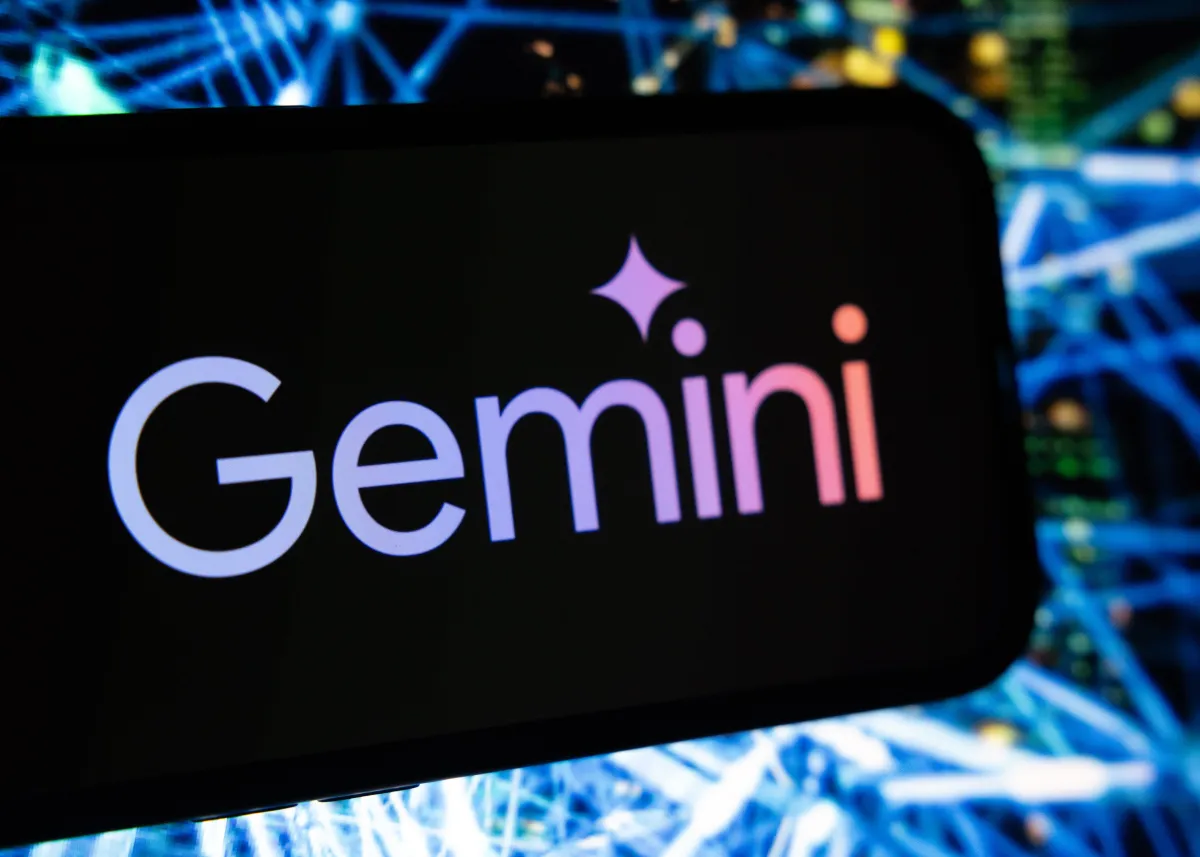









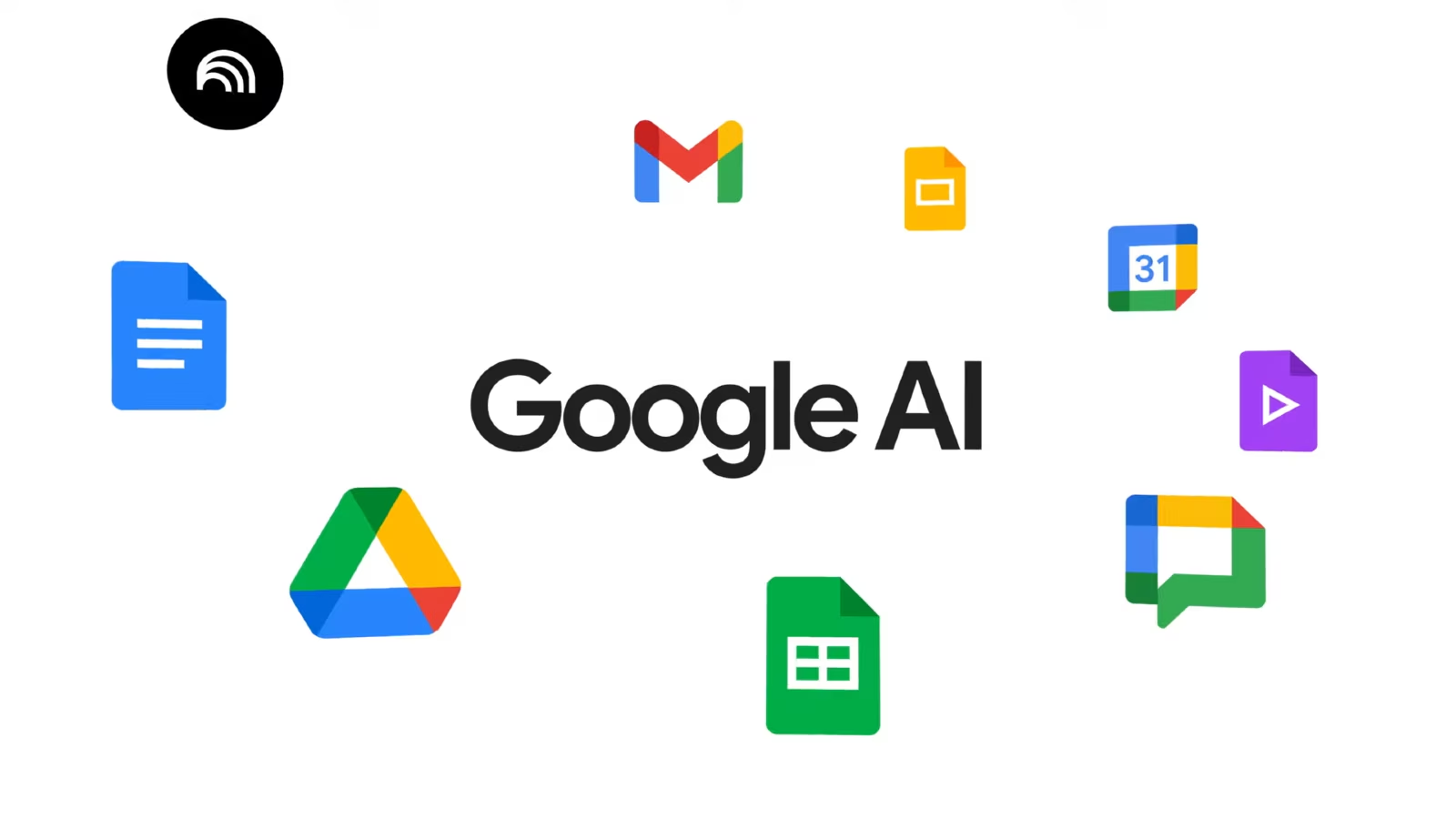




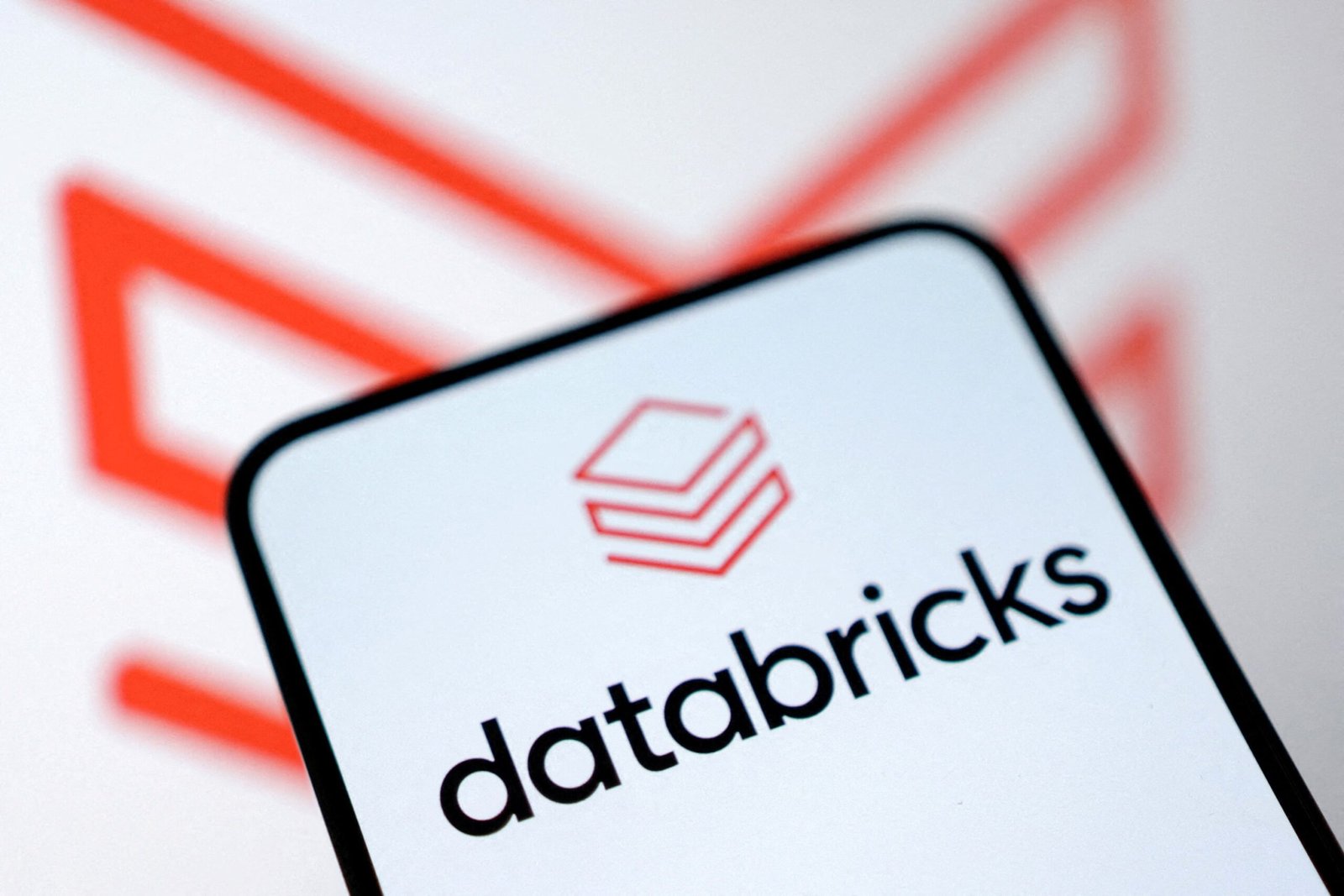
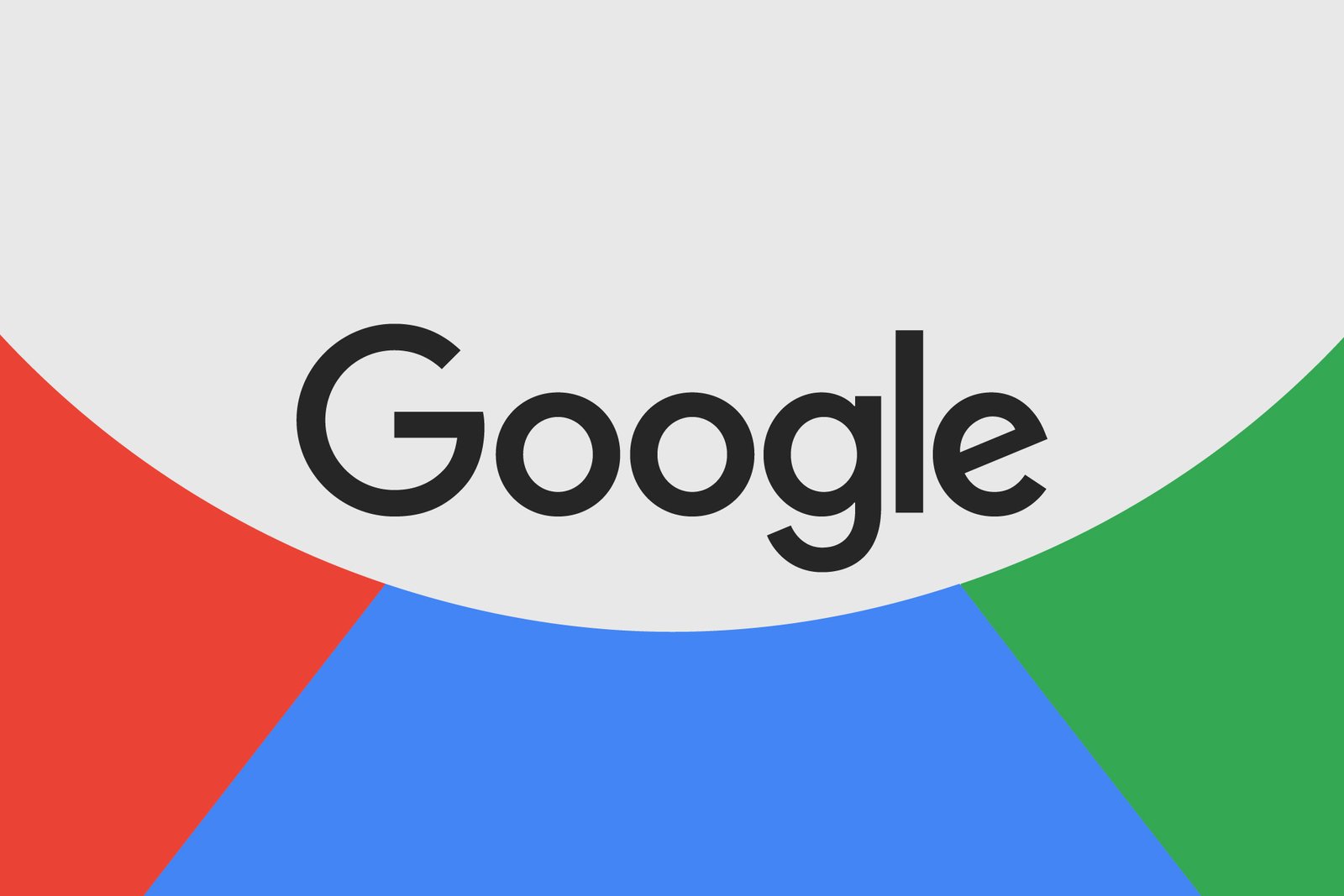






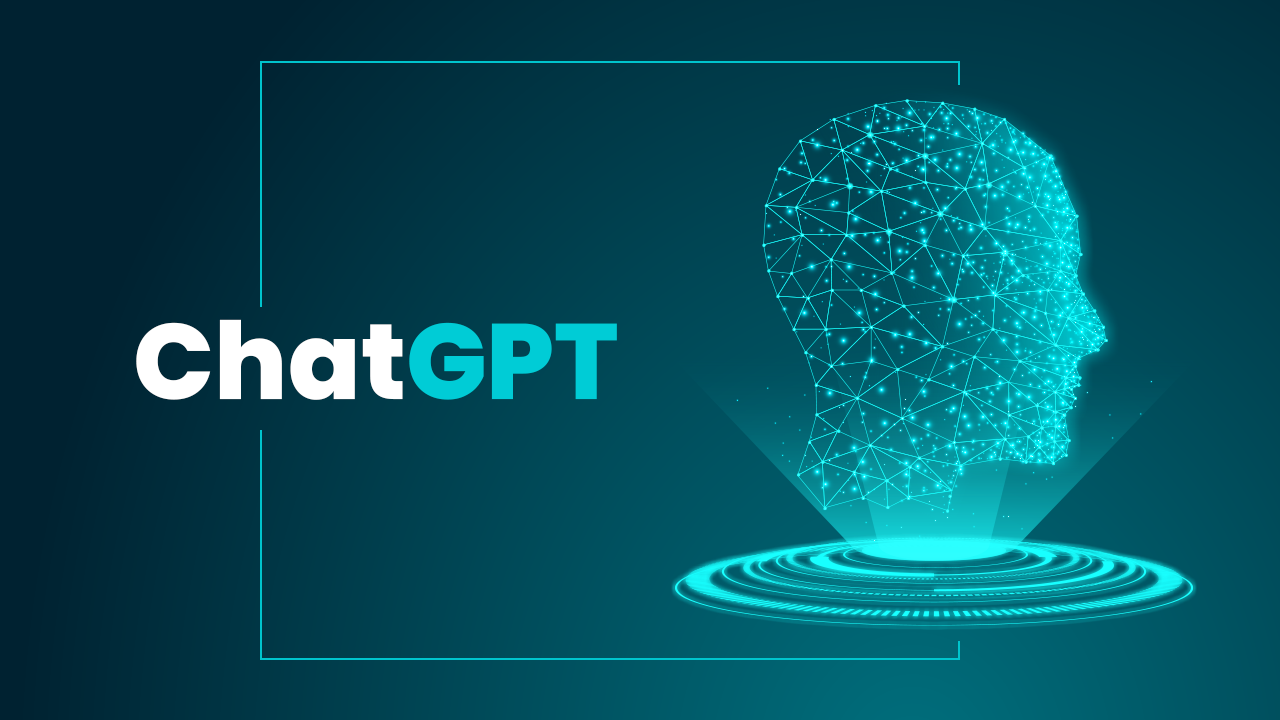







RichardLuche
Dating websites provide a innovative approach to connect people globally, combining intuitive tools like profile galleries and compatibility criteria.
Key elements include video chat options, social media integration, and personalized profiles to streamline connections.
Smart matching systems analyze behavioral patterns to suggest compatible matches, while account verification ensure trustworthiness.
https://materiascritta.com/dating/why-hentai-is-more-than-just-cartoon-porn/
Leading apps offer premium subscriptions with exclusive benefits , such as unlimited swipes , alongside real-time notifications .
Whether seeking long-term relationships, these sites cater to diverse needs , leveraging AI-driven recommendations to foster meaningful bonds.
RichardLuche
Dating websites provide a innovative approach to connect people globally, combining intuitive tools like photo verification and interest-based filters .
Core functionalities include secure messaging , geolocation tracking , and personalized profiles to streamline connections.
Smart matching systems analyze behavioral patterns to suggest compatible matches, while privacy settings ensure safety .
https://rampy.club/dating/the-shift-toward-authentic-adult-content/
Leading apps offer premium subscriptions with exclusive benefits , such as priority in search results, alongside real-time notifications .
Whether seeking casual chats , these sites adapt to user goals, leveraging community-driven networks to foster meaningful bonds.
KevinGet
Нужно найти информацию о пользователе? Наш сервис предоставит детальный отчет мгновенно.
Используйте продвинутые инструменты для поиска цифровых следов в открытых источниках.
Узнайте контактные данные или интересы через автоматизированный скан с гарантией точности .
глаз бога тг бесплатно
Бот работает с соблюдением GDPR, обрабатывая общедоступную информацию.
Закажите расширенный отчет с геолокационными метками и списком связей.
Доверьтесь надежному помощнику для digital-расследований — результаты вас удивят !
Jerryliage
Back then, I believed medicine was straightforward. The system moves you along — nobody asks “what’s really happening?”. It felt official. Then cracks began to show.
Then the strange fog. I blamed my job. And deep down, I knew something was off. I searched forums. The warnings were there — just buried in jargon.
fildena strong 120 mg
That’s when I understood: one dose doesn’t fit all. The reaction isn’t always immediate, but it’s real. Side effects hide. Still we trust too easily.
Now I pay attention. Not because I’m paranoid. I track everything. Not all doctors love that. This is survival, not stubbornness. The lesson that stuck most, it would be keyword.
TtyaBom
Портал предлагает рецепты с расчетом времени на каждый этап. Это помогает точно планировать процесс приготовления, особенно когда готовишь несколько блюд.
Сайт titaya.kherson.ua
ThomasZooxy
Les modèles connectées intègrent des technologies innovantes en fitness .
Dotées de GPS précis et de moniteur cardiaque , elles répondent à tous niveaux.
L’autonomie atteint jusqu’à 14 jours selon le modèle, parfaite pour activités intenses .
montres golf Garmin
Les fonctions santé analysent le sommeil ainsi que les calories, aidant à global .
Intuitives pour personnaliser, elles s’adaptent facilement dans votre vie, avec une interface intuitive .
Choisir Garmin c’est profiter de une technologie éprouvée dans la gestion de vos performances .
ErnestVet
Bilinçli casino oynamak , riskleri azaltır.
Oyun bütçenizi önceden belirlemek , kontrolü tutmaya olanak tanır.
Hesabınızı hariç tutma araçlarını kullanmak, sorunları engellemenize destek olur .
Alevtr Casino
Bahislerin etkilerinin farkında olmak, dengeli katılım sağlar .
Erken aşamada danışmanlık hizmeti danışmak, keyfi çözmeye yardımcı olur .
Bu önlemler, sorumluluk dolu bahis süreci keyfini maksimize eder.